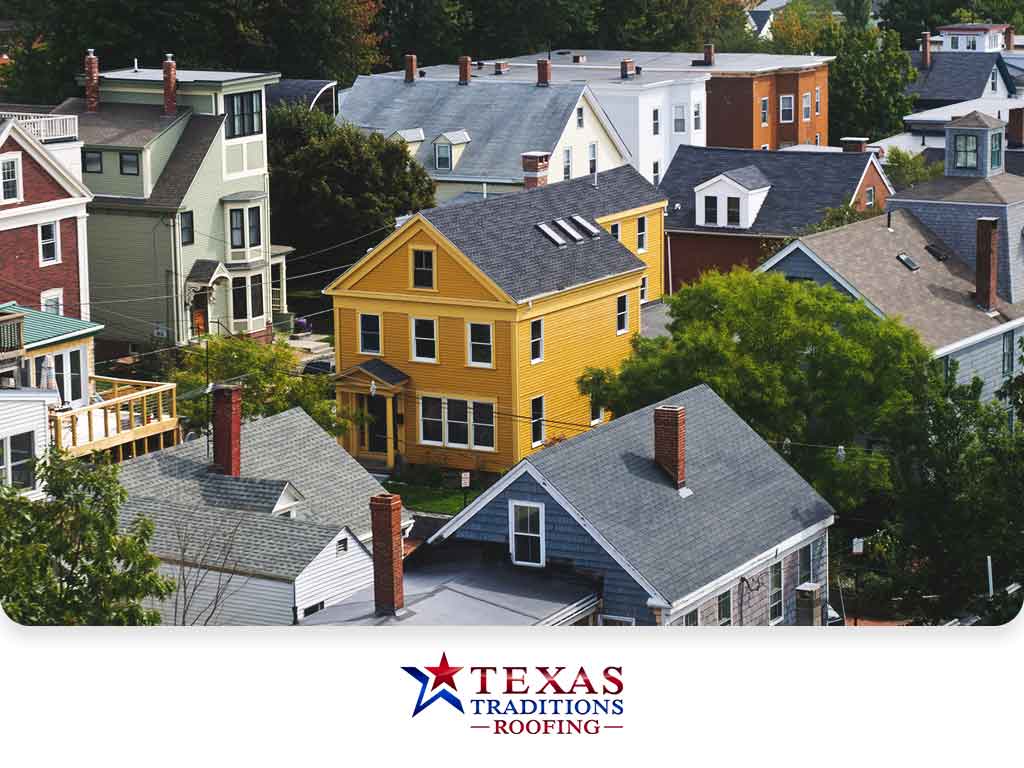The urban heat island effect can impact communities in a way that doesn’t seem obvious unless you check the temperature in nearby rural areas. Oftentimes, this manifests through increased summertime peak energy demand, air conditioning costs, heat-related illnesses, air pollution, greenhouse gas emissions and water pollution.
In this article, Texas Traditions Roofing, a professional contractor with expertise in roof repair, discusses the urban heat island effect and how cool roofs can take the edge off.
What Is the Urban Heat Island Effect?
The urban heat island effect is characterized by higher temperatures in cities than in their surrounding rural areas. According to the U.S. Environmental Protection Agency, the temperature discrepancy can be as high as 10 degrees in extreme cases. Normally, though, the difference is between 1.8 to 5.4 degrees.
How Can Cool Roofs Reduce This?
Various strategies are used to reduce the urban heat island effect. These typically include increasing tree and vegetative cover, using cool pavements, utilizing smart-growth properties, installing green roofs and installing cool roofs.
Cool roofing is one of the top solutions to beat the heat island effect. If you’re planning for a building’s roof replacement, this is definitely a good option to consider. It involves the use of materials or coatings that reflect sunlight and heat away from the building. As a result, it decreases the demand for energy and improves the comfort of occupants.
When choosing a cool roof, you should consider a product with high solar reflectance. Also referred to as albedo, this is the most important characteristic of a cool roof as it’s responsible for preventing heat gain.
Texas Traditions Roofing is one of the top residential and commercial roofing contractors in the area. Our expertise includes roof maintenance, replacement, and repair. Call us at (512) 942-0427 or fill out our contact form to request a free consultation. We offer our services to homeowners and building owners in Austin, TX, and the surrounding areas.

